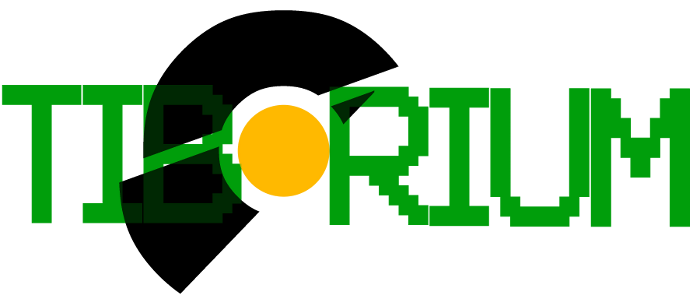To interrupt the IR light inside the plexi-glass, you have to push fairly hard, unless you have oily or wet fingers. This is where the compliant surface comes in. In some cases, the compliant surface can double as a projection screen. The compliant surface also helps keep the acrylic from getting scratches, provides consistant results instead of relying on how greasy or oily your hands are, and it makes the screen pressure sensitive (What is a compliant surface?).
When you dont use a compliant surface, you tend to get results like this:

When you use a compliant surface you get clearer results like this:

The projection surface, well, provides an area for the visual screen to be projected. Otherwise its just a touchscreen without any picture on it. That wouldn't be any fun, would it!? Materials often used for a projection surface are rosco grey, printer paper, vellum, and mylar. In my case, I will be using vellum coated with my compliant surface.
In my case, my compliant surface will be silicone rubber. I plan to use Tinkerman's method on applying the rubber. Though, I am fairly afraid of dust, so after I paint on the silicone, I'm going to cover it up with a bed-sheet.
I just bought xylol and silicone, so when I get vellum I will apply it.
The layers in the end will look something like this:
Works Cited:
"What is a compliant surface?" NUI Group Community Wiki. 29 Oct. 2009. Web.31 Dec. 2009. <http://wiki.nuigroup.com/What_is_a_compliant_surface%3F>.



